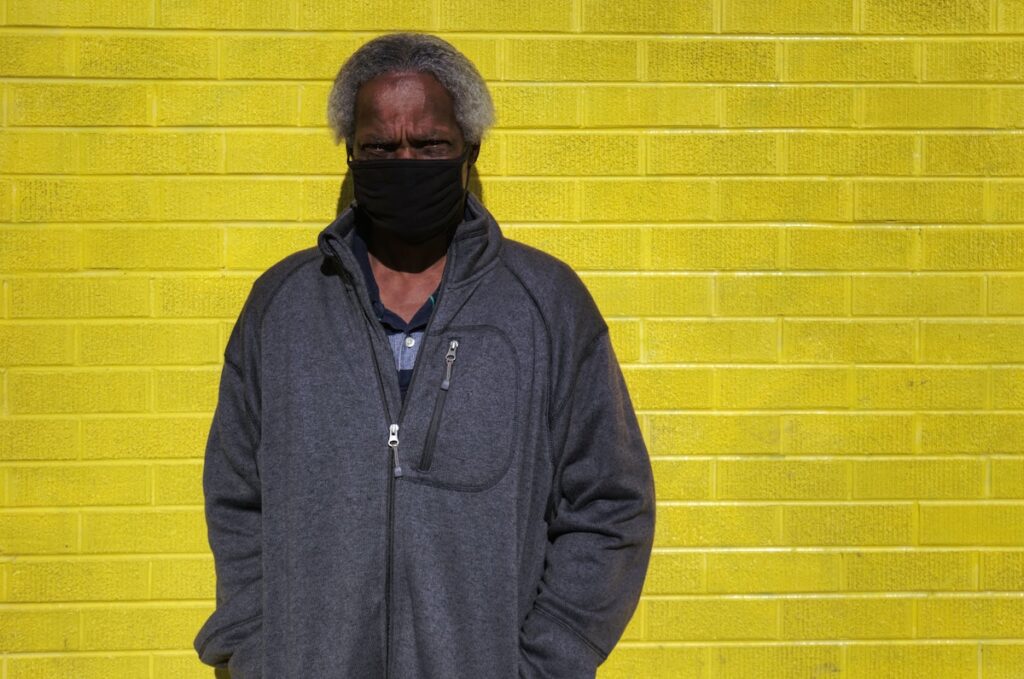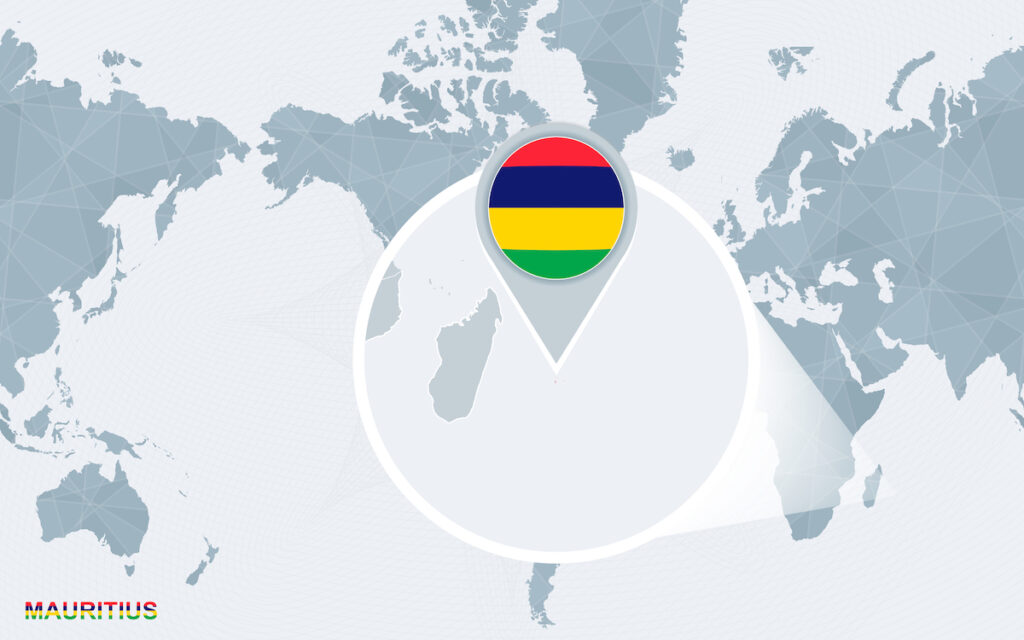
There has undeniably been a steep rise in young people and women experiencing psychological distress since the start of the pandemic (Hisham et al., 2020; Pierce et al., 2020). It is understood that those living with existing mental health difficulties are more vulnerable to the consequences of being confined within one’s home, such as loneliness and isolation, loss of routine, familial conflicts and lack of access to care services (Sheridan Rains et al., 2020; Barber et al., 2020). Van Rheenan et al. (2020) state that “people with self-reported mood disorder experienced higher levels of psychological distress and adverse changes to lifestyle as a result of the pandemic than individuals reporting no mental disorder”.
How are mental health services accommodating the increases in demand? It has been reported that service providers find themselves in a challenging situation due to reductions in staffing and the requirements of infection control (NHS England, 2020; Molodynski et al., 2020). Thus, it is currently imperative to reduce the distance between people living with mental health difficulties and service providers.
Gillard and colleagues (2021) have dived into the lived experience of people with self-reported mental difficulties to better inform mental health services and to satisfy the need for qualitative knowledge on the topic.

People living with mental health problems are more at risk during the COVID-19 pandemic.
Methods
A participatory, coproduction approach was used to conduct semi-structured interviews. This implies that the study included reflections coming from researchers working in experiential, clinical and academic settings. Also, it allowed community-based researchers to participate by shaping the research process while using their lived experience.
Purposive sampling was chosen to recruit approximately 50 participants. The aim was to obtain participants who were diverse in terms of self-reported diagnoses, use of mental health services, age, gender, ethnicity, sexual orientation and location (rural/urban).
Videoconferencing or freephone options in the Microsoft Teams application were used as tools to collect data. The interview was developed using literature on COVID-19 and mental health and the lived experience of the researchers.
Thematic analysis was conducted by nine lived experience researcher (LERs) on interview findings that they gathered. A coding matrix was generated by a maximum of five emerging thematic ideas per interview. A preliminary coding framework was then produced by amalgamating thematic ideas from the matrices. The framework coded all the interviews, charted quotes and analytical memos, and added new themes or sub-themes, as necessary. The preliminary framework was finalised after adding and modifying themes. Themes were further refined along with analytic writing.
Results
The sample size was 49 people (69% females) and represented the diverse UK population. The majority (76%) reported recent or current use of mental health services.
Five main themes were identified.
Impact of COVID‐19 on everyday life and mental health
Several people described how their existing mental health difficulties made it more difficult to access essential goods, services and leisure activities; more worrying or harder to manage. Increased contact with other household members contributed to a deterioration in mental health. Additionally, disruption to work or studies reduced people’s independence and caused financial hardships, which affected their mental health.
Impact of changes to mental healthcare
Adapting to the changes imposed by the pandemic was challenging. New sources of community and/or voluntary support (other than the NHS) were a positive development for some. A perceived slow adaptation of mental care services to provide support during the pandemic was reported. Moreover, discontinuation of care and lack of communication from services caused uncertainties on when support would be available. The remote services were effective for some, but caused distress in others. Lastly, a lack of technology and privacy at home were challenges to some people who needed access to care.
Psychological impact
Decline or large fluctuations in mood resulting from concerns about infection risk and physical health, the impact of lockdown and the response to the pandemic were noted. Loss of structure and routine ways of managing mental health difficulties were reported by many. Some people were anxious about lockdown easing and life returning to ‘normal’, while others stated that lockdown provided a relief from external pressures and slowing down enabled them to feel mentally better, as they had more time for activities and self-care.
Relationships and (dis)connections
Disconnection from supportive family and friends and enforced closer contact with others within a household heightened existing mental health difficulties for some. Lack of regular social interaction from going to familiar community venues increased anxiety and feelings of isolation. Online communication seemed particularly useful for various faith and community groups. Also, some benefited from increased support from family members spending more time at home or from new connections made.
Unequal impact
Unequal impact was felt by diverse participants through the response of families, communities and society, and mental health services. Increased risks in relation to COVID-19 for people from different Black and ethnic minority communities intensified their fears and anxieties. Black and ethnic minority participants reported experiencing increased racism which increased feelings of worthlessness and anxiety. People felt their mental health problems were not understood by family and the limited access to mental health care worsened the situation. Participants’ disabilities or finances acted as barriers to accessing remote services. Additionally, those with life-threatening physical conditions were anxious due to suspended treatments.

People living with mental health problems during COVID-19 reported difficulties in coping with day-to-day functioning, the psychological impact of the pandemic, struggles with social connectedness, inadequate access to mental health services, and an unequal impact of the pandemic.
Conclusions
The authors concluded:
The impacts of Covid are greater for some people more than others; and people with diagnosed mental health conditions are starting from a lower base of psychological wellbeing and social connection than the population as a whole. The additive stresses and impacts of the pandemic may, therefore, be correspondingly more profound for people with pre-existing mental health conditions, as reflected in the experiences reported by our participants.

The effects of the pandemic weigh more on those living with mental health difficulties.
Strengths and limitations
Several strengths of the study were noted:
- Interviews were able to capture a more in-depth picture of a person’s lived experience and facilitate disclosure, which increased the validity of the study;
- The use of a diverse sample accessed data from different walks of life;
- The participatory, coproduction approach used enabled a more informed (hence more reliable and valid) way of collecting, transcribing and analysing data;
- The inclusion of researchers from the BAME community allowed for a wider perspective in the process.
Some limitations were observed by the researchers themselves. For example, the mechanisms surrounding people from Black, Asian and minority ethnic groups may differ, so the research could have explored these issues in more detail. In addition, people who did not have access to technology were excluded; they might have different coping mechanisms and access to care services. Generally, an overlap in contents and concepts between the main themes was noted.
Personally, I would also add that the self-reported mental health difficulties might not have been accurate as it was not communicated by a professional and the intensities of the disorders were not taken into consideration.

The study reflects lived experiences and diversity, but has few limitations including lack of a focus on ethnic minorities and how they were affected during Covid-19.
Implications for practice
This research has many implications for practice. An holistic integrated health service, where both the client’s physical and mental health are catered for, has been recommended. Mental health services might provide their services face-to-face in cases where it is difficult to get access to technology and/or privacy. Lastly, awareness around the specific needs of Black, Asian and minority ethnic people by care services is crucial to accommodate them more effectively.
Future research could focus on the changing experiences of people during the pandemic, while catering for challenges faced by specific groups. Also, research might be carried out to understand the mechanism of digital therapeutic relationships.
The lived experiences portrayed in this article resonate with those expressed by people I have come across or talked to during the pandemic in Mauritius. I have matched sub-themes from each of the five themes to their narratives. Truly astounding to witness how we face the same challenges, despite being miles away!

Implication for practice, areas for future investigations and a contrast between UK and Mauritius were elaborated on.
Statement of interests
None.
Links
Primary paper
Gillard, S, Dare, C, Hardy, J. et al. (2021) Experiences of living with mental health problems during the COVID-19 pandemic in the UK: a coproduced, participatory qualitative interview study. Social Psychiatry and Psychiatric Epidemiology.
Other references
Barber, S. Reed, L. Syam, N. Jones, N. (2020) “Severe mental illness and risks from Covid-19” Centre for Evidence Based Medicine”. University of Oxford (web resource).
Hisham I, Townsend G, Gillard S, Debnath B, Sin J. (2020) COVID-19—the perfect vector for a mental health epidemic. BJPsych Bull.
Molodynski A, McLellan A, Craig T, Bhugra D. (2020) What does COVID mean for UK mental health care?. Int J Soc Psychiatry.
NHS England. (2020) “Responding to COVID-19: mental health, learning disabilities and autism”. Web resource.
Pierce M, Hope H, Ford T. et al. (2020) Mental health before and during the COVID-19 pandemic: a longitudinal probability sample survey of the UK population. Lancet Psychiatry 7(10):883–892
Sheridan Rains L, Johnson S, Barnett P et al. (2020) Early impacts of the COVID-19 pandemic on mental health care and on people with mental health conditions: framework synthesis of international experiences and responses. Soc Psychiatry Psychiatr Epidemiol.
Van Rheenan T, Meyer D, Neill E, Phillipou A, Tan E, Tow W et al. (2020) Mental health status of individuals with a mood-dis- order during the COVID-19 pandemic in Australia: initial results from the COLLATE project. J Affect Disord 275:69–77
Photo credits
- Photo by Press Features on Unsplash
- Photo by Aubree Herrick on Unsplash
- Photo by pawel szvmanski on Unsplash
- Photo by Micheile Henderson on Unsplash
- Photo by Fahmi Arif on Unsplash
- Photo by Andrew Coop on Unsplash

Good to know this qualitative study exists but it’s a shame the blog author feels they need to discredit it by accusations of bias and incompetence in the lived experience researchers. I am sure that they did not, in fact transcribe the interviews themselves as transcription services are used by default in UK academia. Having personal experience of a mental health issue does not mean that they are any less professional in their work.
I find this really insulting to patients knowledge of their own conditions, and a very Patriarchal view..:”self-reported mental health difficulties might not have been accurate as it was not communicated by a professional ”
I feel sorry for anyone who becomes this woman’s patient.
Editorial note: this sentence was removed from the blog on 31st Aug 2021:
“lived experience researchers might have been biased while collecting data, as they are very familiar with such lived experiences. They could have made inferences while transcribing or analysing the data, which is more consequent as it is a qualitative study”
Thank you to everyone who highlighted this sentence in the blog. We agree that it is not a fair criticism of this paper, and apologise that it got through our editorial process.
I query the blog authors suggestion that a limitation of the research is that the reported effects of COVID-19 on mental health were not backed by professional assessment. The research aim was to gather information from people who were experiencing mental health difficulties. They are the experts on how they felt, what they experienced. Having a professional assessing the accuracy of mental state is insulting to those with mental health problems, implying their insight is invalid. This study gives those with experience of mental health problems their true expert status.